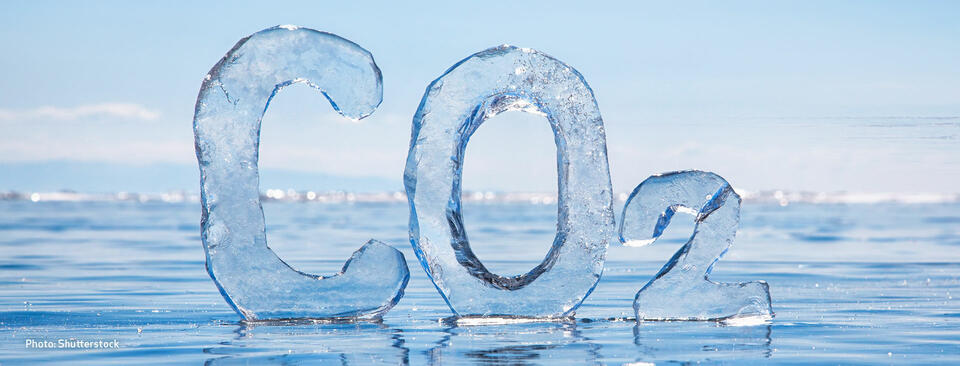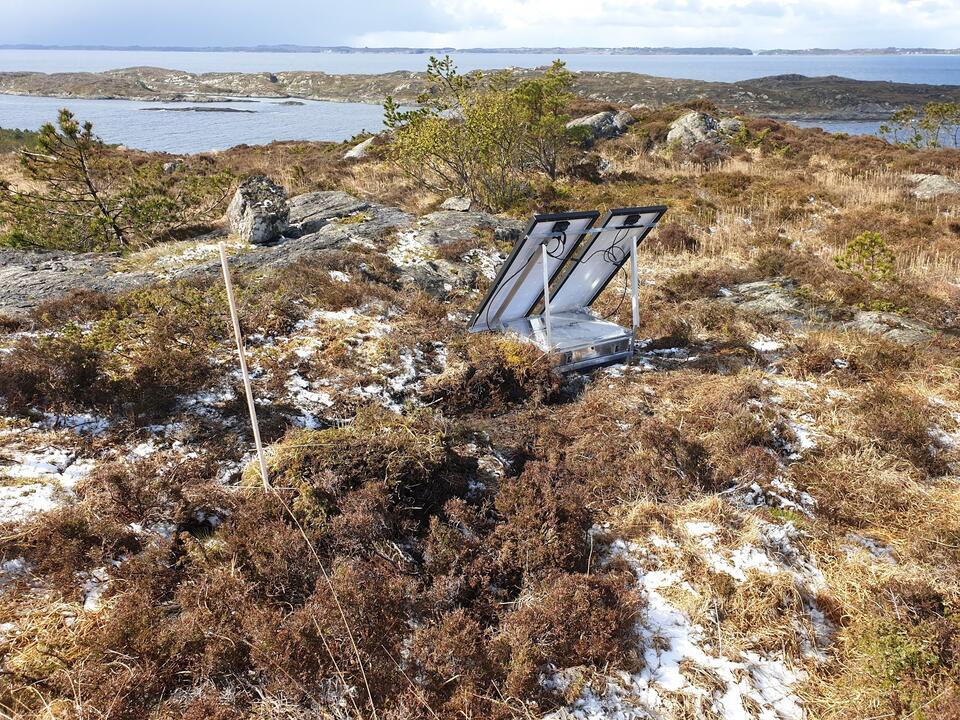Safe and transparent storage of CO2

Carbon capture and storage is crucial to achieve the climate targets. Norway has many years of experience in carbon storage in the Norwegian continental shelf, and Norway has a large storage capacity. Technologies have further developed, and the realization is now around the corner.
In NORSAR, we have used our knowledge and technology from the work on the Comprehensive Nuclear-Test-Ban Treaty to further develop methods and tools to monitor large-scale CO<SUB>2</SUB> storage in an efficient and transparent manner. In 2022, our partners and NORSAR have collaborated in further developing methods for monitoring.
One question that is often asked is whether the CO2 will remain safely where it is stored. To document this, it is necessary to monitor the storage process. In addition, the monitoring must be able to identify potential propagation of CO2 in unwanted directions and alert of deformations that could possibly lead to leakage. The most effective way to monitor small, rapid deformations in the subsurface is by using microseismic monitoring. Real-time processing and interpretation of locations, sizes and types of deformation provides a knowledge base for early identification of fractures and to assess mitigation measures.
In the ENSURE project, we have continued in 2022 to work with tailor-made methods for microseismic monitoring of CO2 storages. The goal is to develop methods that perform well and are cost-effective. A key component is the comparison of data from existing storage facilities in Canada, France, Norway, Great Britain, and the USA, as well as the acquisition of new types of data. It is not enough that the technology is robust and cost-effective, but it must also be a technology that the public has confidence in.
Risks can be experienced quite differently, and these often vary between different countries. In 2022, the ENSURE project conducted a first part of a survey in several European countries and in Alberta, Canada. The University of Alberta is leading this work, which aims to investigate the public perception and acceptance of storing CO2 underground. The survey is important in order to map the acceptance of storage as a new business area and to be able to develop communication strategies adapted to different regions. We look forward to sharing the results in 2023.
NORSAR is collaborating with the partners in Northern Lights, CGG and the University of Bergen in the CLIMIT Demo project HNET. The project is led by Equinor and is aimed at improved assessment of natural seismic activity to support the planned CO2 storage project on the Horda platform in 2024.

Solar panels at Holsnøy outside Bergen provide power to the seismic stations. Photo: NORSAR
Together with SINTEF, we brought together important players in the field of carbon storage and invited to a breakfast seminar in Arendal during the “Arendal week” to shed light on how research can contribute to safe business opportunities for Norway.
We look forward to further develop technology to ensure the safe storage of CO2 and to create a good foundation for research-based communication about this.
